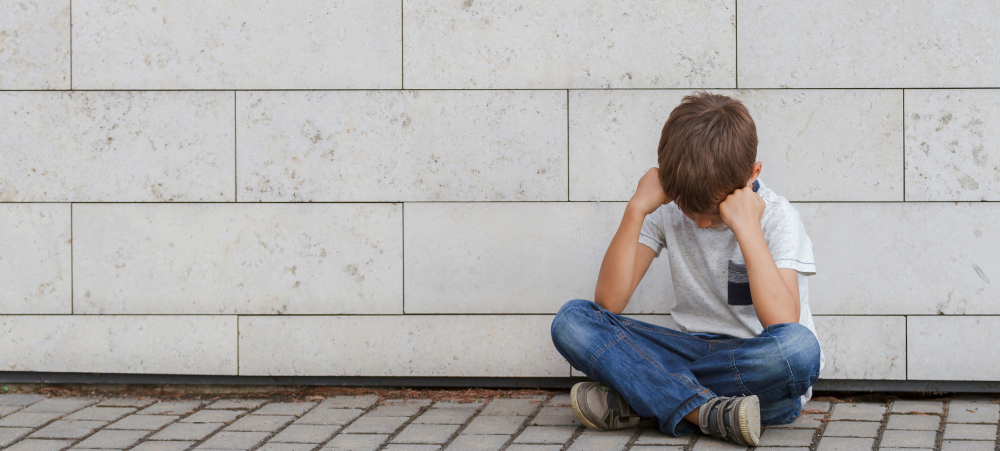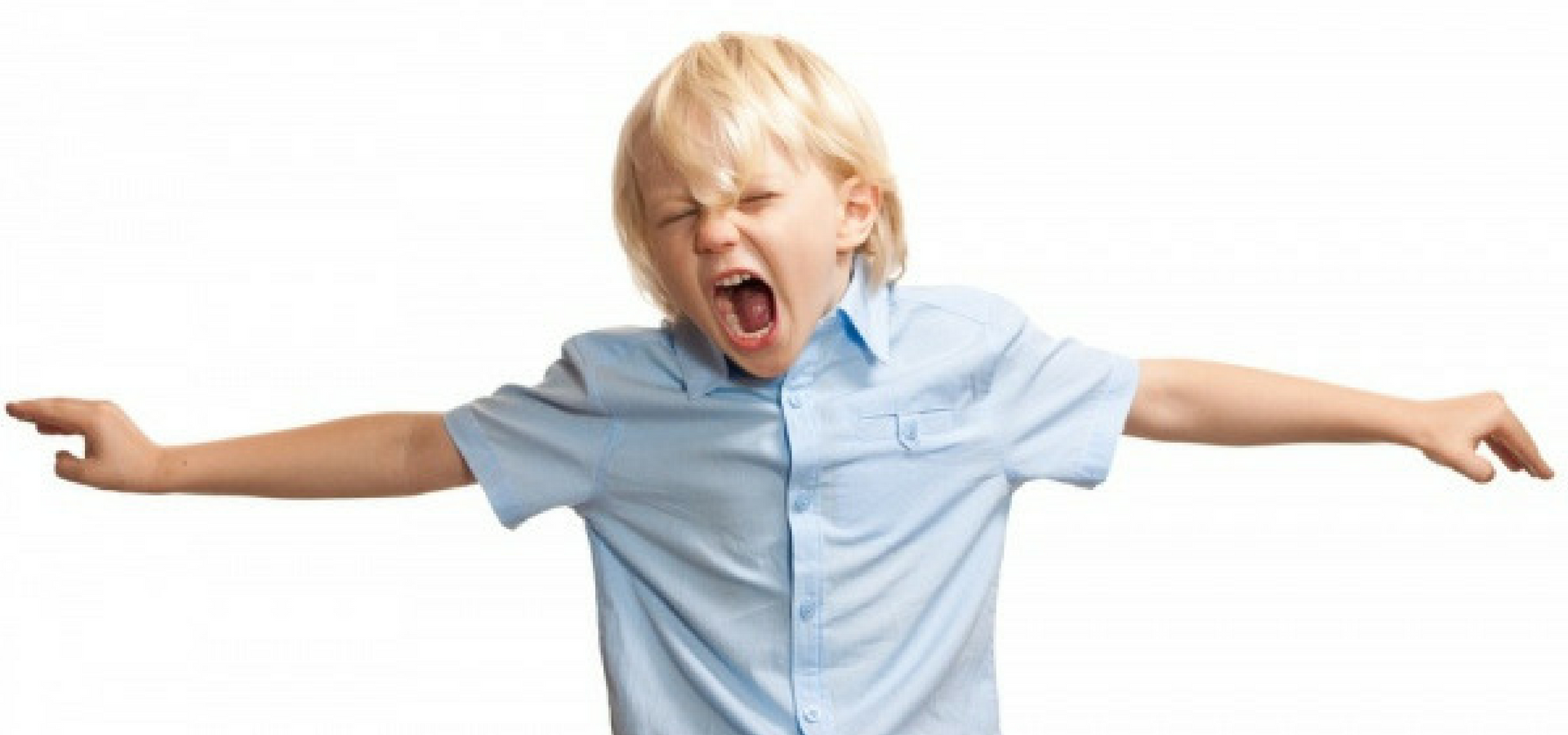
Emotional Pain Of Bullying
Bullying takes root in children, who many times have been the victims of intimidation themselves. To soothe their own injured spirits, they appear to have the need to wound another person. It might have to do with gaining back some semblance of power into their lives. It might also stem from their desire to overcome their own fears, derived from victimisation. I am aware that when a child is intimidated by a parent, or a person they love, they are helpless to stop it or control it. Some children fear for their safety every day. They get back their control, by victimising another person. Most bullies, likely have been mistreated. The extent of their torment, might be measured in the amount of bullying they are guilty of. Actually bullies do not feel superior or impressive. They are angry and full of distrust and rage. They seek revenge because they live in fear. Their answer is to attack before you are hurt. Bullies simply do not comply with the rules, and in the process create hardships and troubles. We need to take a look at the way we interact with our children. Do we intimidate verbally, strike, or become aggressive with our child? Do we threaten, hurt, or torment the pets in our household? Once we correct it in ourselves it will be easier to amend it in our children. Watching or encouraging our child to aggressively interact with other children, promotes an acceptance of this behaviour. Infringing on the space or items of others, must be acted upon, through adult intervention. Those moments we observe our child take another child’s turn, or grab another child’s item, while we smile without interfering, we have condoned the actions. It really is demoralising for other kids, to be pushed aside or shoved out-of-the-way due to a gentler nature, or younger aged child. Might does not make it right. Stepping in to correct it a bit late, is also possibly giving a blessing to the actions. It is lame to always correct our child with the words, say you are sorry. If we make no effort to retrieve the toy from our child, we have made no point of instruction. Kids are capable of such kindness, but perhaps they believe parents expect them to behave aggressively. The parents may not strike their kids, but they expect roughness on the playing field, and in life in general. There are times to be aggressive, but there are more times we need to display an empathetic quality to our natures. Bullying in children is cutting a line, taking someone’s seat on the bus, threatening, hitting, and being aggressive verbally or physically. Bullying is also intimidation in the form of asking for part of another child’s snack at school, asking for snack money, or threatening another to refrain from telling on them. Bullying can also be deciding who will be in the club, who will be ignored, who will not get to hold a treasured item, or touch or handle a treasured toy. It can be when a child receives their paper last every time a certain child is the paper passer. Bullying can be the snarling looks one child gives to another child behind an adult back. It might be a refused request to join a game. It’s also when one is made to feel inferior. Bullying is making others do things or say things they likely do not want to say or do. When one student deliberately crashes into another student, but then states it was an accident, red flags should go up. It can be sitting on a swing so another child can’t use it. Children refrain from complaining because they fear the retaliation from a bully. Harassing is one child stepping on someone’s toes accidentally on purpose. Parents uphold a child’s persecuting of others when it is not dealt with at home, after a notification of such an incident. Home environments that encourage bullying, prevent it from being eradicated. Unless more consideration is given to these matters by parents, bullying will most likely increase. Parents must use the easiest answer of all, which is simply teaching children to stop terrorising and harassing others. By promoting kindness and respect, bullying will be wiped out. Simply following the rules teaches children how one engages respectfully with others. It is important in the scheme of life, to be aware of tolerating others. We are all required to refrain from illicit actions conducted on another person. The sooner we learn to relate to others, the quicker we have harmony. We perhaps should ask ourselves how it would feel to be in the other person’s shoes. Would we enjoy climbing aboard a bus, to be confronted with intimidation? Do we browbeat our own children, causing them to frighten others? If we do nothing to stop bullying as conscientious adults, then we have become enablers. We will continue to have and endure the difficulties we are creating. By refusing or ignoring to remedy the taunting, places an infringement on the freedom of others. In essence, kids must be saved from the tormenters they encounter in their lives. People form friendships which are wonderful. These friendships become less wonderful when they become a clique to the point of excluding others. When a chance arises, oppression will occur again. Harassment of others, perhaps stems from the degree of their own oppression. Teenagers face even more bullying with the improvement of technology. They may have no relief from these encounters with bullies. The saddest part is they will complain less because they are ashamed, demoralised and believe they are old enough to deal with it themselves. Parents may not even be aware of the extent of their child’s torments. It’s possible that adults may have started the epidemic by physically punishing their own children. Question our motives. Think about the bullying damage we do. We can’t take it back, any more than we can collect all of the feathers we dumped, from































